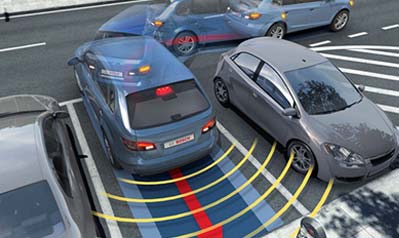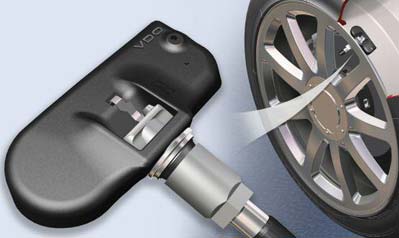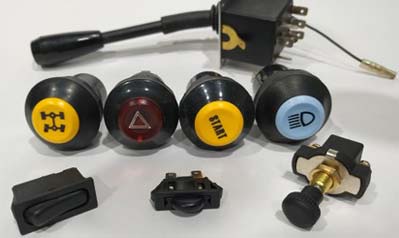Welcome to May Auto Parts Manufacturing & Supplying (MAPMS)
Welcome to May Auto Parts Manufacturing & Supplying (MAPMS)
In modern automotive passive safety systems, airbags play a critical role. When a vehicle collides, the airbags deploy rapidly within milliseconds, providing cushioning protection for the driver and passengers. Behind this "instant guardian" is the airbag pressure sensor, one of the core components that accurately determines whether to trigger the airbag. It acts like the "perception center" of the safety system, making life-and-death decisions in unseen moments.
The basic principle of the airbag pressure sensor is to sense pressure changes within the vehicle body or around the airbag module to determine if a collision has occurred and how severe it is. It typically uses piezoelectric elements or MEMS (Micro-Electro-Mechanical Systems) technology to convert physical pressure signals into electrical signals, which are then transmitted to the airbag control unit (ACU).
During a collision event, the sensor can identify abnormal pressure fluctuations in a very short time. By combining data from acceleration sensors and vehicle speed, the system determines whether to activate the airbag system. This multi-signal fusion judgment mechanism ensures that the airbag deploys at the right moment, avoiding false triggers or delays
The technological development of airbag pressure sensors focuses on three core directions:
Fast response time: Typically completes detection and signal transmission within a few milliseconds, ensuring the airbag deploys as needed.
High-precision sensing: Can accurately identify different types of collisions (such as hard obstacles versus soft collisions), reducing the false alarm rate.
Strong interference resistance: Through signal filtering and algorithm optimization, it reduces false triggers caused by bumps, vibrations, and other non-collision factors.
Additionally, the trend towards miniaturization of sensors makes them easier to integrate into door panels, seats, or vehicle frame structures without affecting the overall vehicle design.
With the development of intelligent vehicles and autonomous driving technology, airbag systems are evolving towards being more intelligent and collaborative. Future airbag pressure sensors will not only sense the "current" state but may also make "predictive deployment" judgments by integrating data from cameras, radars, and vehicle network information.
For example, in the event of an unavoidable collision, the system can preload airbag parameters or even pre-inflate part of the airbag to provide protection "one second earlier." Meanwhile, sensor data will be uploaded to the cloud in real-time to assist with accident analysis and safety optimization.
Popular Automotive Spare Parts
 Understanding Pencil Ignition Coils and Choosing the Best for Optimal Performance
READ MORE >
Understanding Pencil Ignition Coils and Choosing the Best for Optimal Performance
READ MORE >
 Function and Performance Criteria for Car Sensors: Improving Vehicle Performance and Safety
READ MORE >
Function and Performance Criteria for Car Sensors: Improving Vehicle Performance and Safety
READ MORE >
 Pencil Ignition Coil: A Safe Choice
READ MORE >
Pencil Ignition Coil: A Safe Choice
READ MORE >


